A Canadian park ranger and his wife are gunned down inside their cabin in Riding Mountain National Park. For 90 years the suspect has eluded Royal Canadian Mounted Police investigators…and the reason may be hiding in several pages of the lawman’s diary that the killer removed from the scene of the crime.

Lawrence Lees

Myrtez “Myrtle” Lees
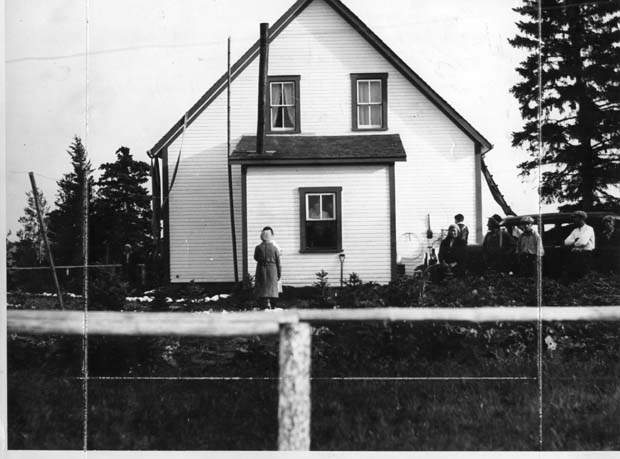
Lees Cabin and Crime Scene
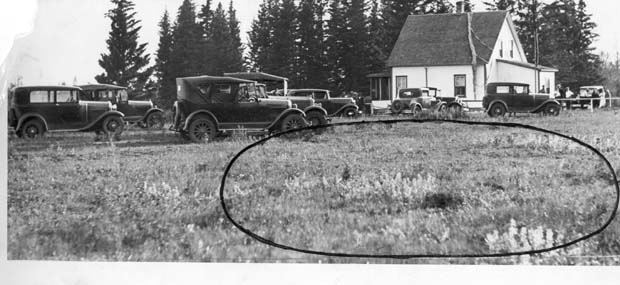
Lees Cabin and Crime Scene
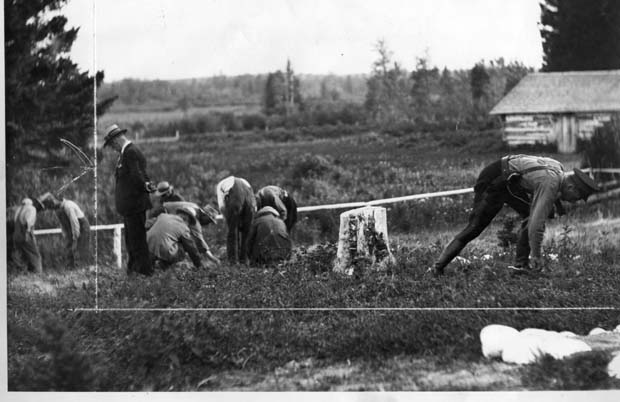
Lees Cabin and Crime Scene
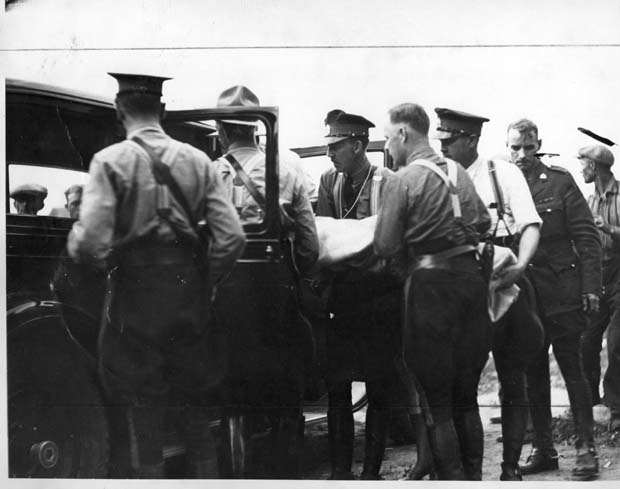
Lees Cabin and Crime Scene

Riding Mountain National Park Map
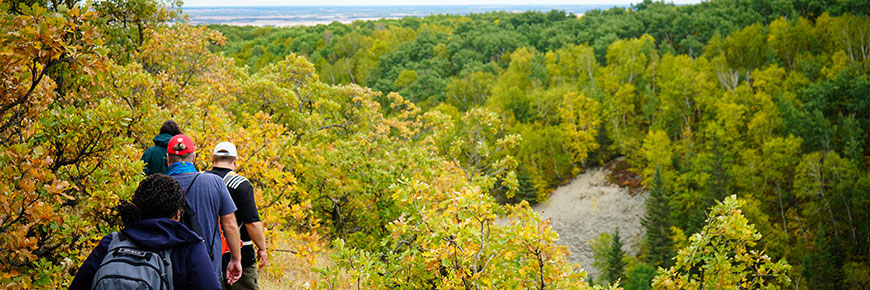
Riding Mountain National Park
Episode Source Material
- Travel Manitoba: Riding National Park of Canada
- Classic Firearms
- Ruthenian Definition: Dictionary.com
- The Brainerd Daily Dispatch (Brainerd, MN): Comb Canadian Area for Two Murderers.
- Moorhead Daily News (Moorhead, MN): Masked Men Kill Canadian Ranger, by UP.
- The Winnipeg Tribune (Winnipeg, Manitoba, Canada): Manitoba Park Warden Slain and Wife Wounded in Mysterious Attack.
- The Winnipeg Tribune (Winnipeg, Manitoba, Canada): R.C.M.P. and Volunteers Hunting Slayers of Manitoba Park Warden, by Frank Bowness.
- Winnipeg Free Press (Winnipeg, Manitoba, Canada): Mystery Slayers Sought by Police, by F. H. Avery.
- The Leader-Post (Regina, Saskatchewan, Canada): Farmers Join Police Chase, by Canadian Press.
- Winnipeg Free Press (Winnipeg, Manitoba, Canada): Ranger’s Widow Describes Murderer by Frank Avery.
- Winnipeg Free Press (Winnipeg, Manitoba, Canada): Stricken Wife Aids Hunt for Killer, by Staff Correspondent.
- The Winnipeg Tribune (Winnipeg, Manitoba, Canada): Ranger Known to Have Met Killer in Bush, by Frank Bowness.
- Times Colonist (Victoria, British Columbia, Canada): Lips of People Sealed by Fear, by Canadian Press.
- Star-Phoenix (Saskatoon, Saskatchewan, Canada): No Progress in Man Hunt, by Canadian Press.
- Winnipeg Free Press (Winnipeg, Manitoba, Canada): Police Check Scores of Clues in Search for Slayer of Lees, by Frank Avery.
- The Winnipeg Tribune (Winnipeg, Manitoba, Canada): Tireless Examination of Ruthenians Continues in Park Ranger Murder Case, by Frank Bowness.
- Winnipeg Free Press (Winnipeg, Manitoba, Canada): Cigarette Butts Seen as Clue in Slaying of Lees, by the Free Press.
- The Winnipeg Tribune (Winnipeg, Manitoba, Canada): R.C.M.P. Find Bullet That Killed Lees.
- The Winnipeg Tribune (Winnipeg, Manitoba, Canada): Wife of Slain Park Ranger Gives Evidence. Edmonton Journal (Edmonton, Alberta, Canada): Mounties on Trail of Ranger’s Slayer.
- Star-Phoenix (Saskatoon, Saskatchewan, Canada): Regina seeks “Tip”.
- Winnipeg Free Press (Winnipeg, Manitoba, Canada): Mystery Shooting of 1932 Recalled.
- Lac Du Bonnet Leader (Lac Du Bonnet, Manitoba, Canada): Warren speaks… A rural murder: file still open.
- Russell Banner (Russell, Manitoba, Canada): Murder stories top of the news, by Peter Warren.
- Swan Valley Star and Times (Swan River, Manitoba, Canada): Rural murder No. 2 remains unsolved, by Peter Warren.
- Brandon Sun (Brandon, Manitoba, Canada): Murder Mysteries and dining cruises, by Darci Clark.
- Brandon Sun (Brandon, Manitoba, Canada): The Warden’s Widow, by Charles Brown.
- Dauphin Herald (Dauphin, Manitoba, Canada): The Murder of Lawrence Lees remains unsolved, by Ed Stozek.
- Grandview Exponent (Grandview, Manitoba, Canada): Still a case of who done it 84 years later, by Jennifer Carniel.
